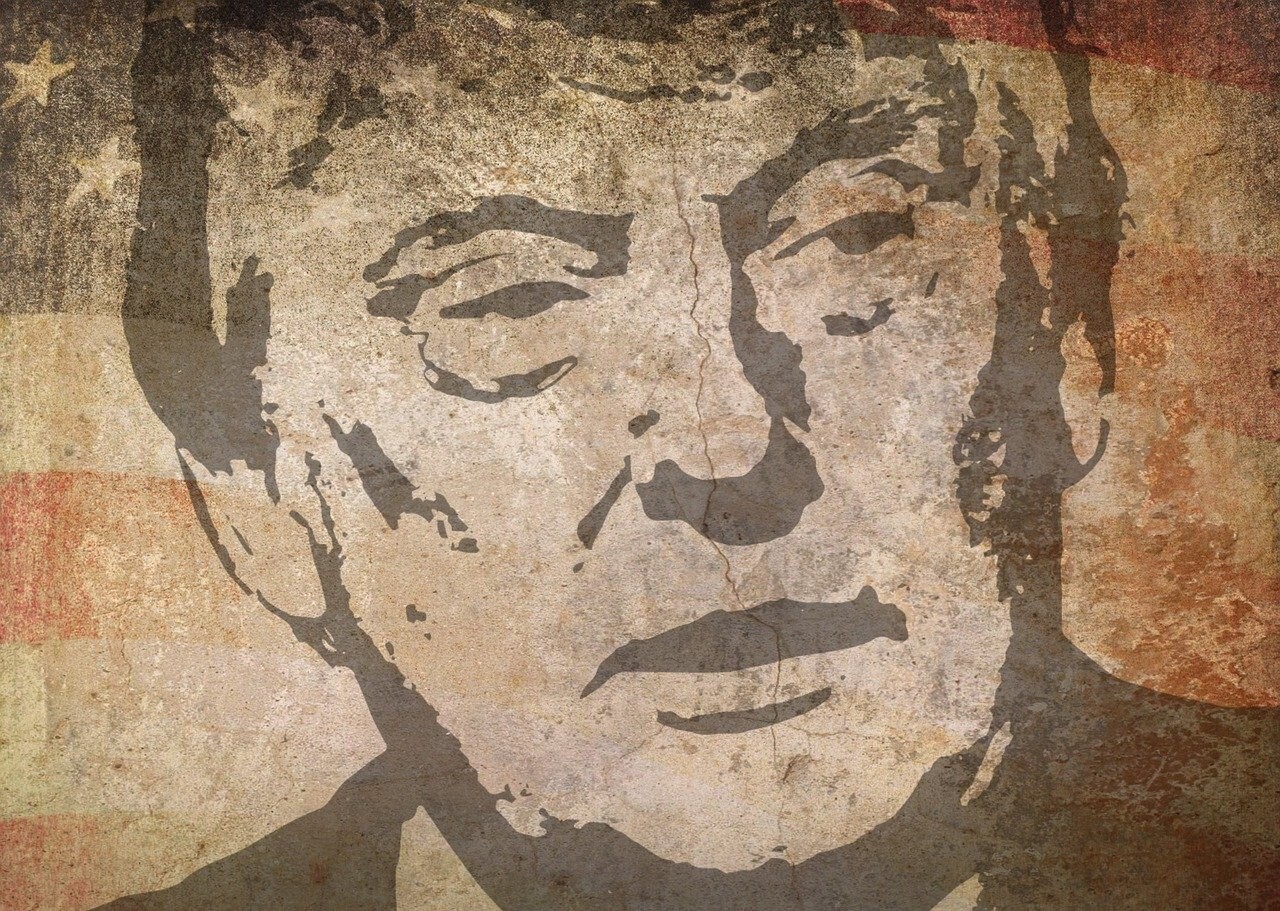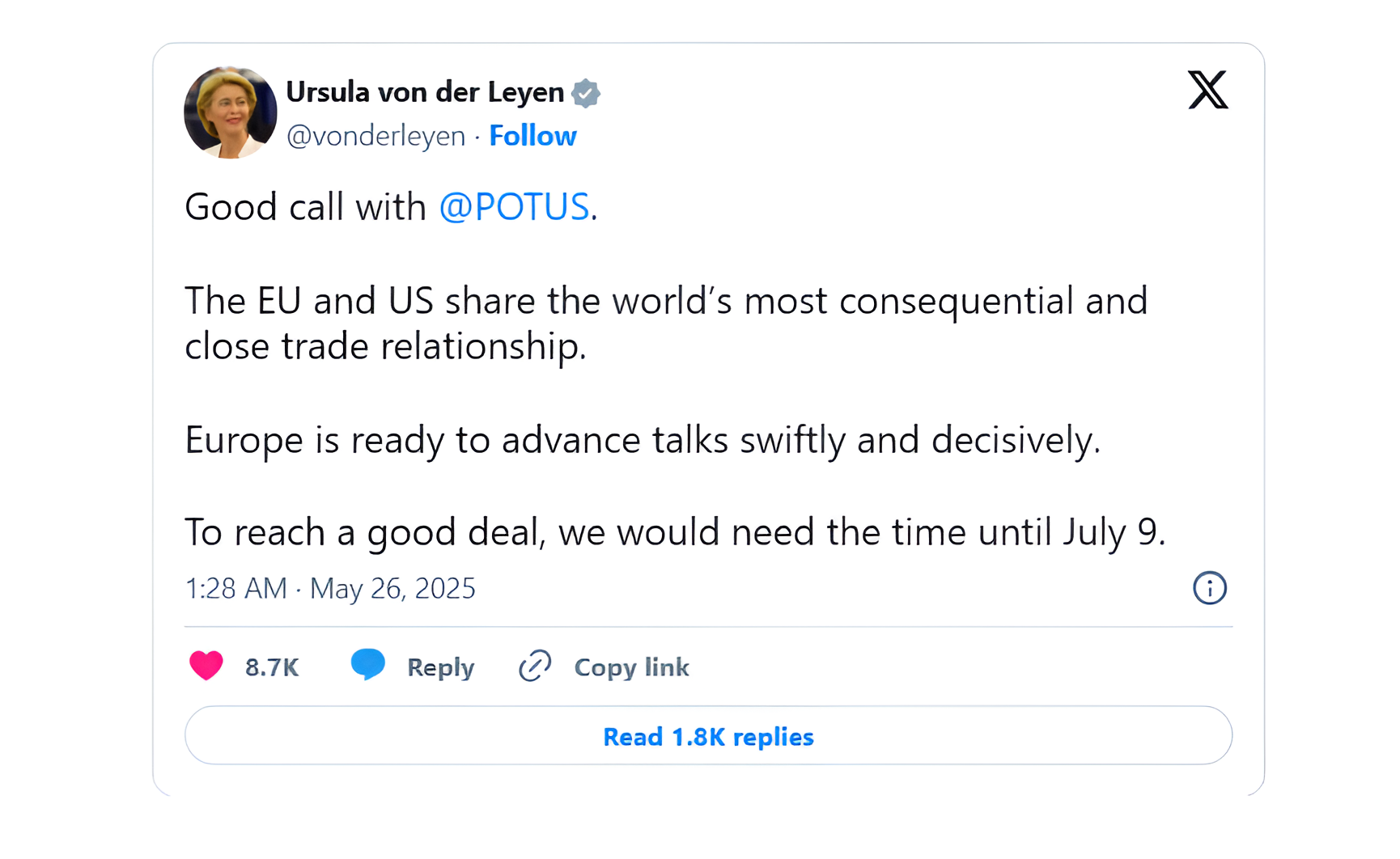

The Trump administration has put a temporary lid on an economic powder keg by delaying the proposed 50 per cent tariffs on European Union exports until July 9, 2025. However, the world will have faced the same tariff rate card, specifically for aluminium and steel, starting June 04.

Image for referential purposes only
This last-minute pause by the US president, after what is being called a good conversation with EU president Ursula Von Der Leyen, deemed more than just diplomatic prudence. It transmitted the aura of a calculated US strategy to press Brussels into a more favourable trade arrangement without triggering immediate retaliation from a bloc already navigating economic headwinds and geopolitical constraints.
Trump’s policy by provocation
Earlier in May, former President Donald Trump reignited his ‘America First’ trade doctrine on social media, declaring, “I am recommending a straight 50% tariff on the European Union, starting on June 1, 2025. There is no tariff if the product is built or manufactured in the United States.”
The language was unmistakable, wherein imports from EU member states would be hit with a 50 per cent ad valorem duty, which can be considered a dramatic escalation designed to raise the cost of European aluminium, steel, autos, machinery, and other industrial goods. And while Trump is not currently in office, his rhetoric continues to shape the tariff debate in Washington.
The clause exempting US-built goods is equally strategic. By hinging tariff exposure on rules of origin, the White House is dangling a clear incentive: move manufacturing to US soil or face punitive duties. For EU industrial giants, from German automakers to French aerospace firms, that’s a high-stakes choice between political alignment and commercial viability.

Is the delay a diplomatic breathing room or tactical pressure?
Responses








